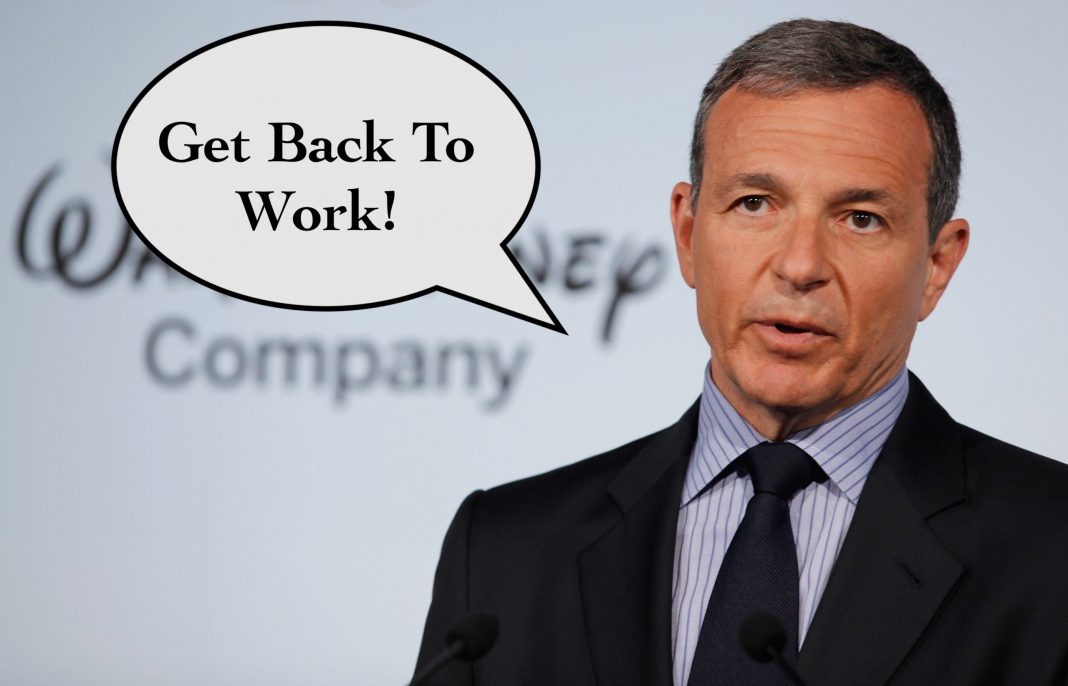Leading companies, including Disney and Starbucks, say enough is enough and urged their workforce to come back to the office, in a call to get rid of remote work.
On January 18, Starbucks announced that employees who live within commuting distance of its offices must work from the office for at least three days a week.
Starbucks interim CEO Howard Schultz wrote in a blog post that employees “are not meeting their minimum promise”. An agreement had been reached last year to work one to two days per week in the office but office attendance shows many are not conforming to this.
Leading companies vs Remote work
More leading companies are taking similar steps. Fortune magazine reported that employees at Walt Disney Co also received a similar message from Bob Iger who came back as CEO in November. In a memo issued on January 16, Iger wrote, “Employees currently working in a hybrid fashion (remote work) will be asked to spend four day a week on-site, targeting Monday through Thursday as in-person workdays.”
At News Corp which is the parent company of Dow Jones, CEO Robert Thomson send a memo stating, “I am asking the heads of our businesses to consult with their managers, and ultimately all of you, to ensure full compliance with in-office work schedules, so that what exists in theory happens in practice. Those schedules will evolve in coming weeks, but the net result must be that more people return more frequently to our offices. Attendance is an absolute imperative as collaboration and cooperation are priorities for each of our businesses.”
The latest memos from these big wig CEOs are definitely a sign that work from home or remote work will soon be a thing of the past.
But why not work from home
Here’s what the CEOs of the leading companies have to say about why they advocate coming back to the office so strongly;
Starbucks’ Schultz said, “I think many of us crave a bigger meaning to our work, and the camaraderie and joy from doing our best work together… Our culture depends on rituals – from coffee tastings to storytelling to seeing how our design experiences look end to end by putting the work up on the wall, and on and on.”
Schultz also wrote in his memo that he wanted Starbucks offices to become “vibrant hubs of great people doing great work, in person with each other. We are losing the art of collaboration… and we are having a hard time operationalizing decisions quickly and thoughtfully.”
Disney’s Iger’s viewpoint is that, “In a creative business like ours, nothing can replace the ability to connect, observe, and create with peers that comes from being physically together, nor the opportunity to grow professionally by learning from leaders and mentors.”
News Corp’s Thomson said, “There is simply no way that true collective creativity can be consistently generated in not-so-splendid isolation. Screens deny us the subtleties of body language and the nuances of knowing glances. The spontaneity and serendipity of a dynamic office environment are crucial in creating and in iterating, so in-office attendance is vital to our future success.”
In truth CEOs are probably tired of hearing about work life balance. To quote one of them; “I think every successful CEO, including myself is tired of all the whining,” said Michael Friedman who is CEO of New York investment firm First Level Capital in an interview with Wall Street Journal in November last year.
Austin Butler: Unwavering Elvis impersonation two years after film wrap

